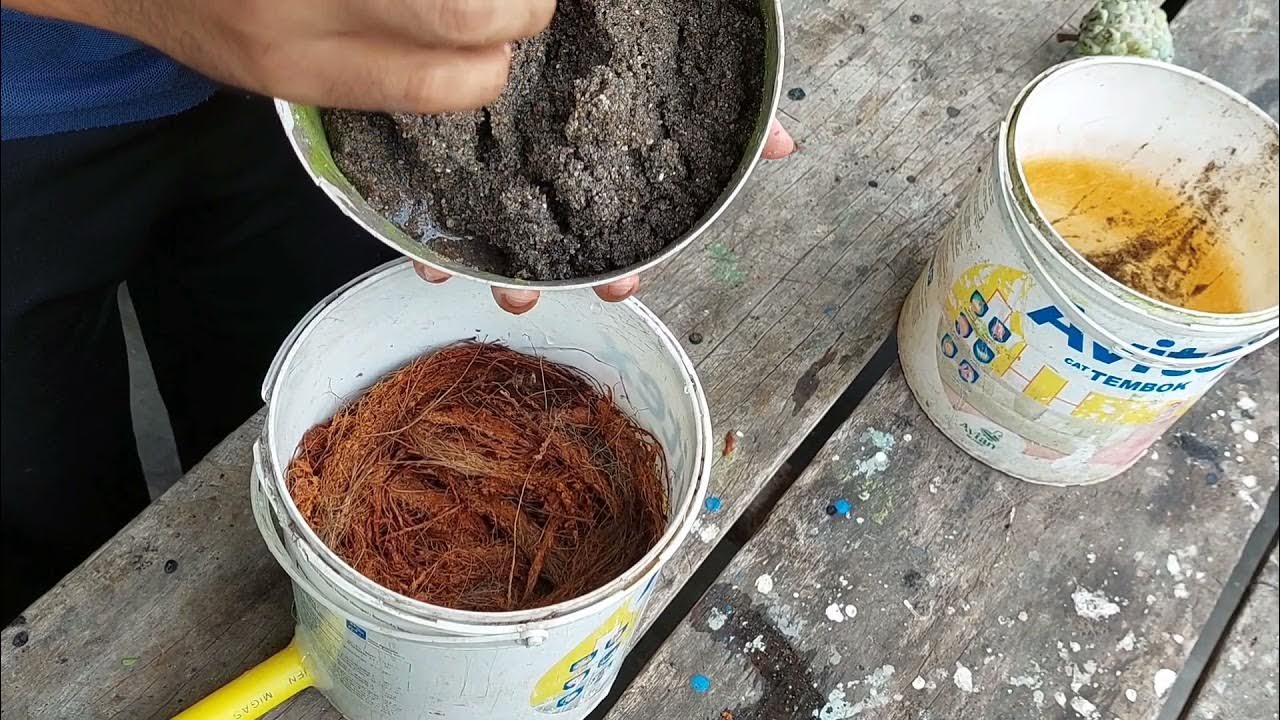Separating Mixtures – Filtration
Summary
TLDRThis video demonstrates how to separate a mixture of sand and water using a technique called filtration. First, sand is poured into a beaker of water to create the mixture. Then, a retort stand, glass funnel, filter paper, and another beaker are used for the filtration process. The filter paper traps the solid sand particles, while the water passes through, leaving the sand as the residue and the water as the filtrate. This clear explanation of filtration highlights how solids and liquids can be separated effectively.
Takeaways
- 🎶 The video features a demonstration with a dish of sand and a beaker of water.
- 🔄 The mixture is made by combining sand with water and stirring it together.
- 🧪 The method to separate a solid from a liquid in a mixture is called filtration.
- 🛠️ The tools used for filtration are a retort stand, glass funnel, filter paper, and a beaker.
- 📜 Filter paper has tiny fibers and small holes that allow liquids to pass through while trapping solids.
- 🚰 When the mixture is poured over the filter paper, the liquid passes through the holes, but the solid stays behind.
- 🧱 The sand remains as residue on the filter paper after filtration.
- 💧 The water that passes through the filter paper is called the filtrate.
- 🌊 The separated components are sand (solid) and water (liquid).
- 🔔 The video encourages viewers to subscribe at the end.
Q & A
What materials are used to create the mixture of sand and water?
-A dish of sand and a beaker of water are used to create the mixture.
What is the first step to make the mixture?
-The first step is to pour the sand into the beaker of water and stir it.
What technique is used to separate a mixture of a solid and a liquid?
-Filtration is the technique used to separate a mixture of a solid and a liquid.
What equipment is needed for the filtration process?
-A retort stand, glass funnel, filter paper, and a beaker are needed for the filtration process.
What is filter paper and how does it work?
-Filter paper is a special kind of paper made of tiny fibers pressed together with tiny holes in between. It allows liquid to pass through while trapping solid pieces.
What happens to the liquid and solid when the mixture is poured over the filter paper in a funnel?
-The liquid passes through the holes in the filter paper, while the solid pieces get trapped in the filter paper.
What is the term used for the solid matter that is held by the filter paper?
-The solid matter held by the filter paper is called the solid residue.
What do we call the liquid that passes through the filter paper and remains in the beaker?
-The liquid that passes through the filter paper and remains in the beaker is called the filtrate.
Can filtration be used to separate any mixture of solid and liquid?
-Filtration can be used to separate mixtures where the solid particles are larger than the holes in the filter paper.
Why is it important to use filter paper with tiny holes for the filtration process?
-It is important because the tiny holes allow the liquid to pass through while trapping the solid particles, effectively separating the mixture.
Outlines

Этот раздел доступен только подписчикам платных тарифов. Пожалуйста, перейдите на платный тариф для доступа.
Перейти на платный тарифMindmap

Этот раздел доступен только подписчикам платных тарифов. Пожалуйста, перейдите на платный тариф для доступа.
Перейти на платный тарифKeywords

Этот раздел доступен только подписчикам платных тарифов. Пожалуйста, перейдите на платный тариф для доступа.
Перейти на платный тарифHighlights

Этот раздел доступен только подписчикам платных тарифов. Пожалуйста, перейдите на платный тариф для доступа.
Перейти на платный тарифTranscripts

Этот раздел доступен только подписчикам платных тарифов. Пожалуйста, перейдите на платный тариф для доступа.
Перейти на платный тариф5.0 / 5 (0 votes)






